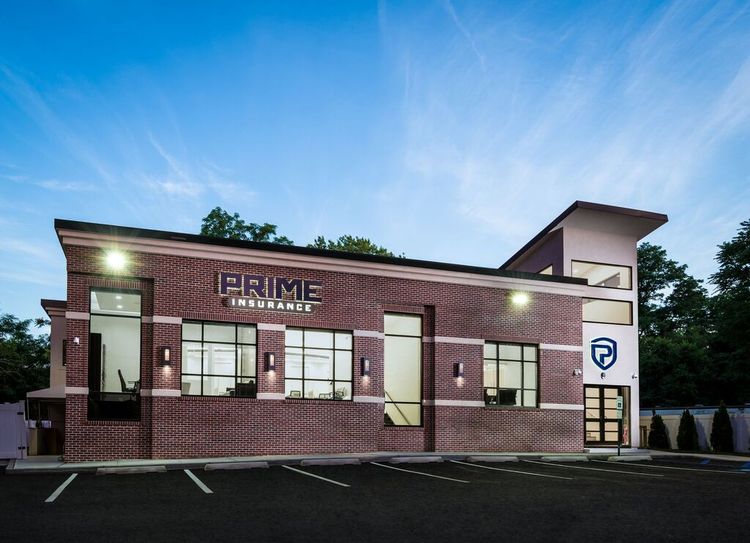
Flood Insurance can help pay for any physical loss that is sustained directly from a flood – simply defined as an overabundance of water on land that is otherwise dry.
The National Flood Insurance Program, known by the acronym NFIP, gives this definition for a flood:
- A general and temporary condition of partial or complete inundation of two or more acres of normally dry land area or of two or more properties from
a) Overflow of inland or tidal waters
b) Unusual and rapid accumulations or runoff of surface waters from any source
or
c) Mudflow
2. Collapse or subsidence of land along the shore of a lake or similar body of water as a result of erosion or undermining caused by waves or currents of water, exceeding anticipated cyclical levels that result in a flood as defined in 1.a above

Two Basic Questions about Flood Insurance and their Answers
Q: How is the damage incurred from a flood valued?
A: Under the Dwelling Form, flood damage is valued by Replacement Cost Value or Actual Value. Here is the difference:
Replacement Cost Value (RCV) represents the dollar amount minus depreciation necessary to replace the damaged part of a structure. Coverage eligibility is dependent on 3 conditions:
- The structure must be a single-family home
- The home must be a principle residence at time of loss-occurrence (policyholder was living in it at a minimum of 80% of the year)
- The building insurance coverage is valued at a minimum of 80% of full replacement cost or the maximum available for the property under terms of the NFIP
Actual Cash Value (ACV) refers to the Replacement Cost Value at time of loss, minus the value of physical depreciation.
Personal property is valued at ACV at all times. Certain kinds of objects, such as appliances and carpet, are constantly adjusted on an ACV basis. For instance, wall-to-wall broadloom can lose ten to fourteen percent of value annually. Depreciation like this will be a factor in adjusting.
Q: Can you explain Increased Cost of Compliance (ICC) Coverage?
A: The majority of flood policies issued by the NFIP contain ICC coverage. ICC coverage offers up to $30,000 to elevate, demolish or relocate a home. In the event a home is proclaimed ‘substantially damaged’ or ‘repetitively damaged’ due to a flood, a community may insist the home is brought up to current standards.
The total amount of a building insurance claim and ICC claim may not go over the limit for Building Property coverage. This amounts to $100,000 on a single-family home for a building claim and $250,000 on a single-family home for an ICC claim.
For further information about flood insurance, contact the insurance professionals at Prime.

PRIME Insurance is a three-generation family-run independent agency. We’re proud to partner with many of the leading underwriters – recognized companies like ACE, AmTRUST, ASI, ASSURANT, CHUBB, CNA, Employers, FOREMOST, Liberty Mutual, MetLife, PROGRESSIVE, Safeco, StillWater, Travelers, USLI, ZURICH and more. This gives us the ability to provide all forms of nationwide coverage and bonds at competitively lowest quotes. Visit us on our online insurance website or email us at PRIME [at] primeins [dot] com or call us at 732-886-5751 and HAVE A PRIME DAY™!


Discussion
There are no comments yet.